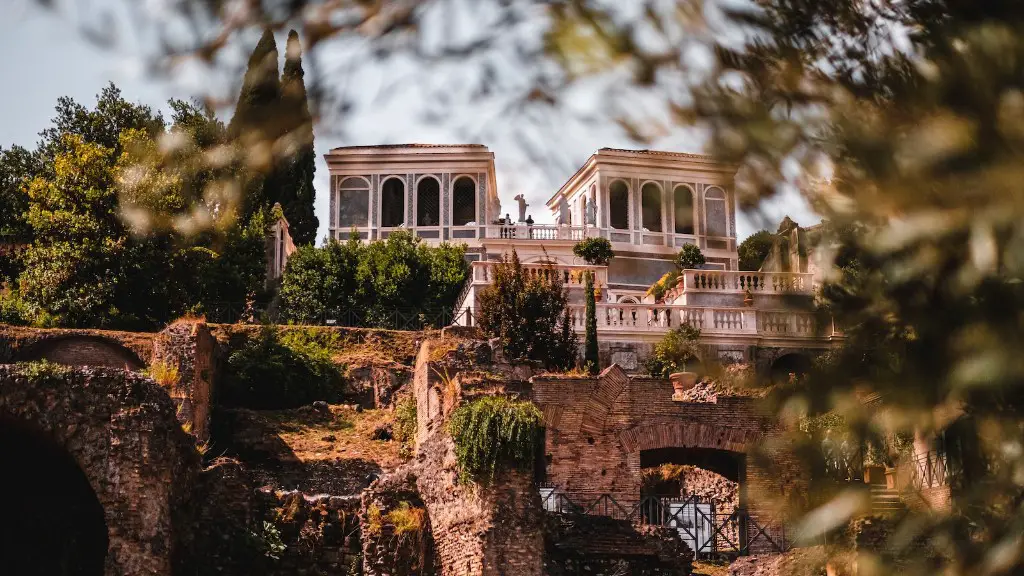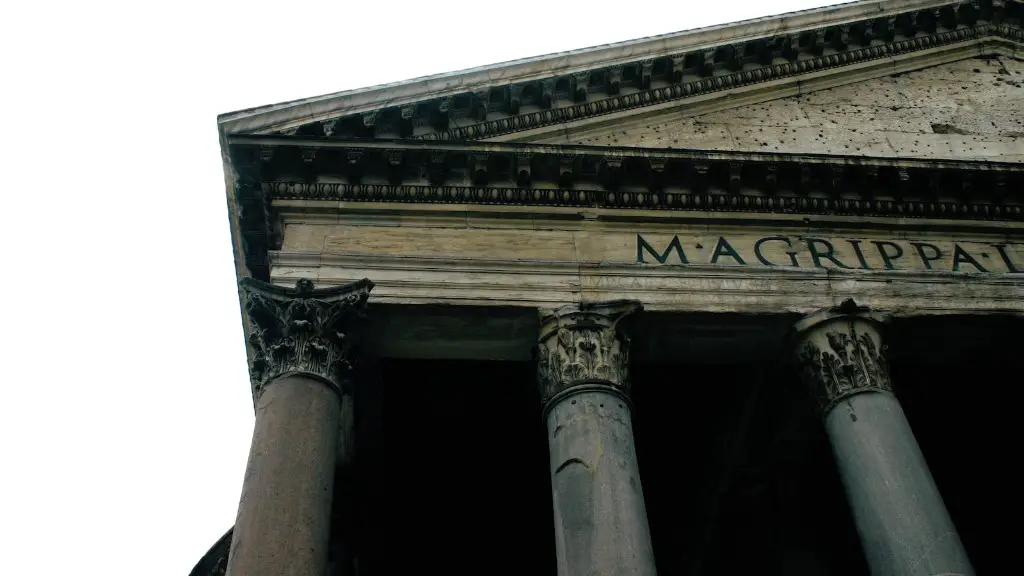Social Structure of Ancient Rome
The social structure of Ancient Rome was complex and this system of social structure fragmented the population of Rome into several distinct classes. The main classes were the Patricians and the Plebeians. The Patricians were the wealthy and politically powerful landowning class; they were the upper class, who held the majority of political and economic power. Below them were the Plebeians, the working class, who made up the majority of the population. The Plebeians were Rome’s merchants, craftsmen, labourers and soldiers, who were citizens of Rome with limited rights, but who at times had a powerful voice in the political process through their assemblies.
Health and Lifestyle
In Ancient Rome, health and lifestyle was closely bound to social class. The wealthy Patrician and Equestrian classes had access to the best food, clothing, and medical care, and had a much higher quality of life. Poor Plebeians, on the other hand, often obtained their food from the markets, could not afford nice clothing, and had limited access to medical care, leading to shorter life expectancy. Yet, even the poorer citizens had a certain level of comfort and freedom, and the state provided some welfare support and free grain distribution.
Culture and Entertainment
Ancient Rome was known for its vibrant and colourful culture, with a variety of sports, theatrical performances, and other forms of entertainment. The illustrious Colosseum, the great temple of Jupiter, and the grandiose triumphal processions all highlighted the extravagance of Roman society. Ancient Rome also played host to a range of feasts and festivals that centred on gods and goddesses, where huge banquets would take place and celebrants would express their devotion to the deities through rituals and offerings.
Religion
Religion in Ancient Rome centred around polytheism and animism. Religion was deeply ingrained in social, political and military life, forming the foundation of Roman culture. Religion played a particularly important role in Roman politics. Each new city or province had its own set of gods or goddesses and Roman citizens were often required to take part in religious ceremonies in order to gain favour or power.
Architecture
The architecture of Ancient Rome was very impressive, with a range of grand monuments, basilicas, temples, forums, and of course the iconic Colosseum. Roman architecture was immensely influential and was thought to be a reflection of power, celebrating Roman culture and showcasing their technical achievements in construction. Architectural elements of Ancient Rome can still be witnessed in cities throughout the world today.
Transportation
The Ancient Romans built an impressive transportation system, with a range of roads, canals and harbours. The Romans even extended their transportation system into the empire, with an extensive network of roads running through Europe ensuring communication, trade and military movements were maintained. This allowed the empire to be expanded and maintained in an efficient manner.
Education
Education in Ancient Rome was mainly reserved for the wealthy classes, with the majority of people being illiterate. The wealthy classes would often be schooled in rhetoric and grammar in order to understand the political and legal systems. For poorer Romans, access to education came mainly through apprenticeships, where they would learn specialized skills such as carpentry and masonry. The Ancient Roman education system was highly influential, and has had a lasting effect on modern Western education.
Government
Due to the size of the Roman Empire, the government had to adapt to meet the needs of its citizens. The Roman government was largely responsible for maintaining public order and upholding the laws of the state. It also played a role in ensuring the availability of food, instituting public works, and providing for public health and safety. Roman law was highly influential, and many of its principles are still seen in the legal systems of modern Western societies.
Economy
The Ancient Roman economy was largely based on agriculture, with a range of different crops being produced. This was supplemented by a range of manufacturing and commerce, with goods being sold throughout the empire and beyond. There was also a thriving slave trade in Ancient Rome, which provided a further source of wealth and power. The Roman economy was marked by a level of stability and growth, due in part to their efficient taxation system.
Military
The military was a key part of the Ancient Roman empire, with the army playing a major role in the expansion and consolidation of the empire. The army was made up of professional soldiers, mainly from poorer social classes, and showcased strong discipline, advanced weapons and tactics, enabling the Romans to conquer vast territories.
Conclusion
Ancient Rome was a fascinating society, with a complex and diverse social structure, vibrant culture, and powerful economy. Religion, education and the military played a major role in Roman life, as did architecture and transportation. The centre of life of Ancient Rome was undeniably concentrated in its people, and the powerful legacy of this great civilisation lives on today.


